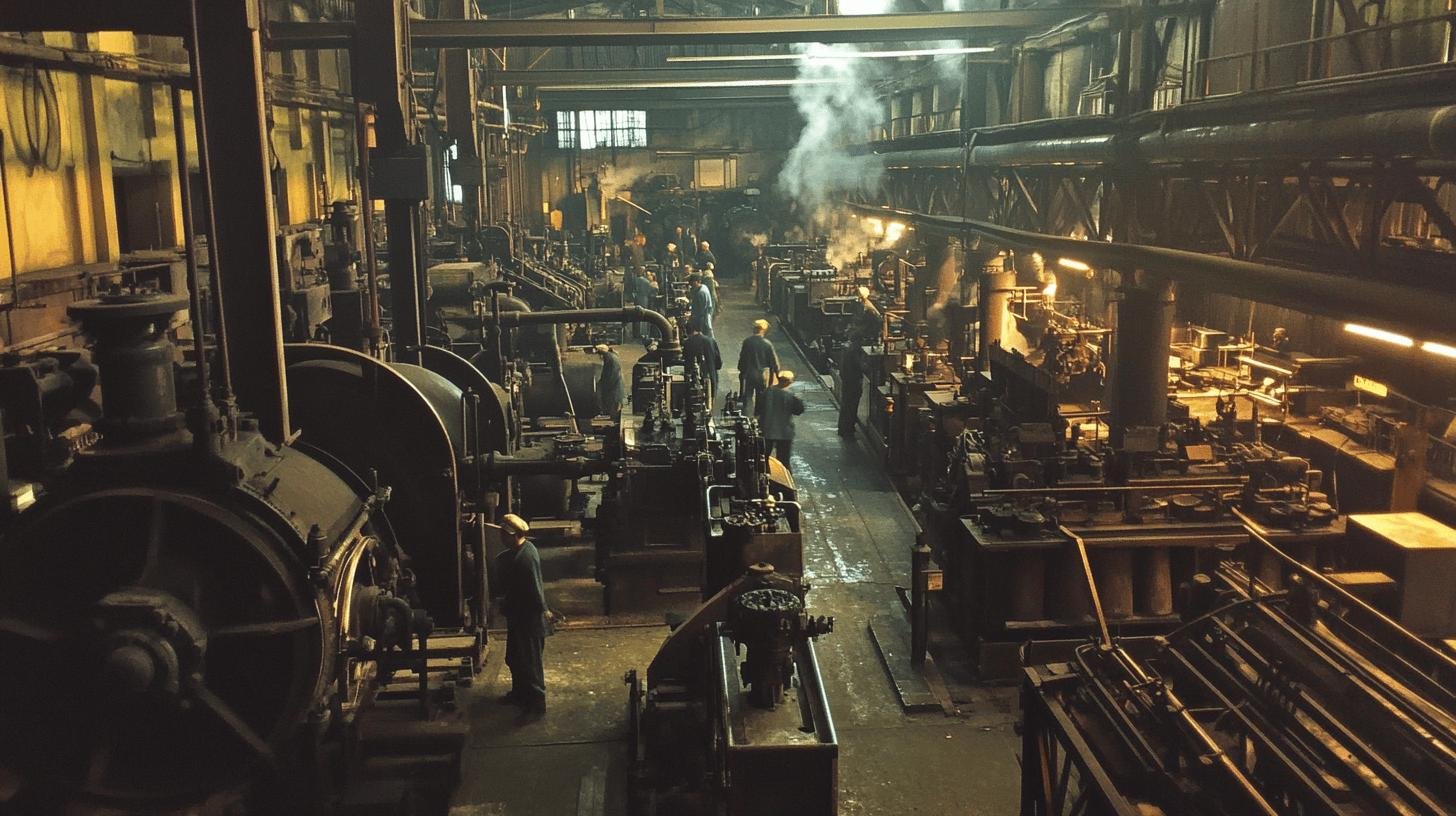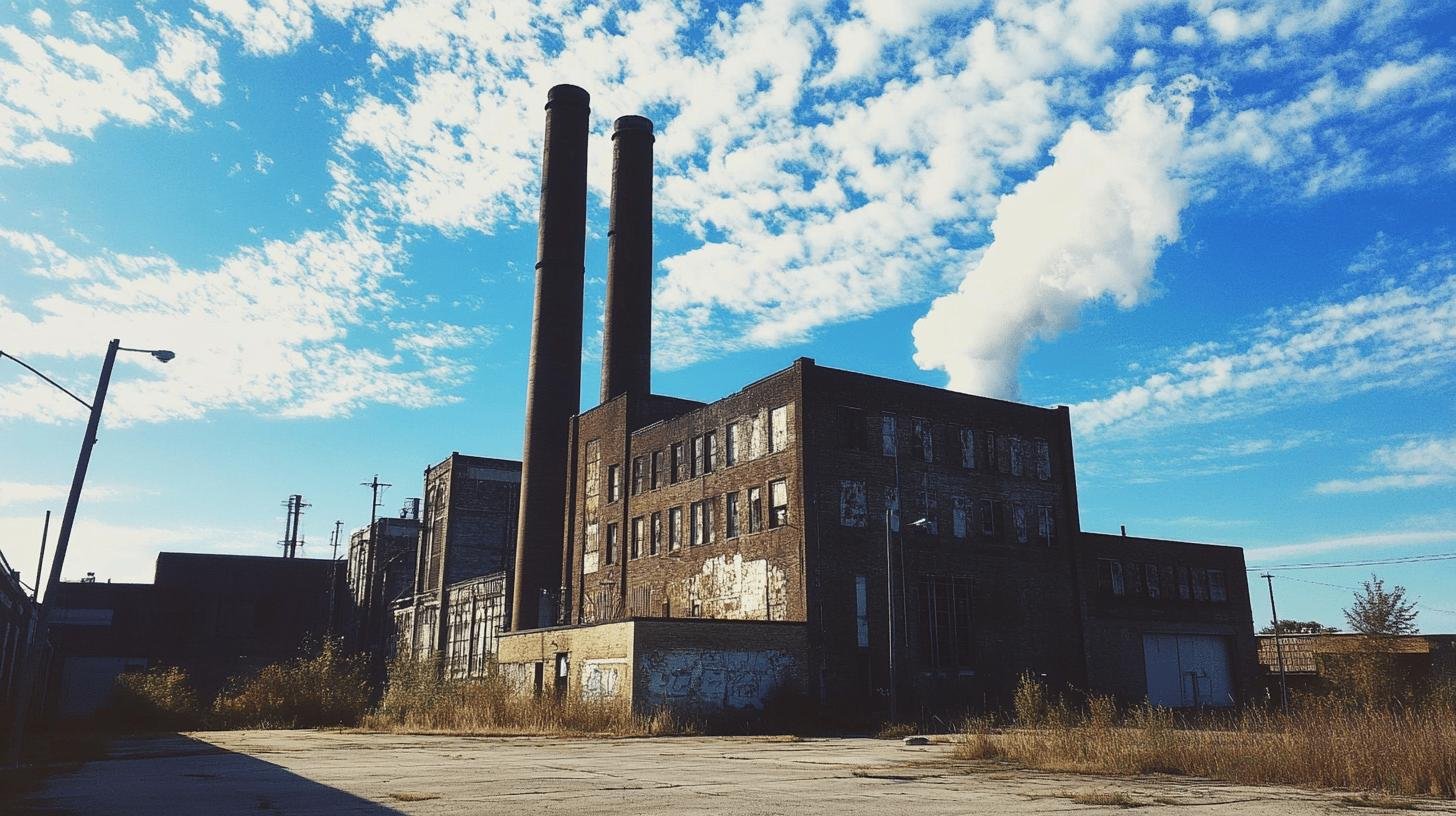TL;DR:
- Definition: Laissez-faire economics promotes minimal government intervention in markets.
- Key Principles: Market-driven growth, free competition, individual autonomy, profit motivation.
- Historical Significance: Gained prominence during the 19th-century Industrial Revolution, encouraging industrial growth and investment.
- Contributions: Boosted technological advancements, productivity, and urbanization.
- Benefits: Increases efficiency, wealth creation, product innovation, and consumer choice.
- Criticism: Causes economic inequality, worker exploitation, and environmental harm.
- Solutions: Balance laissez-faire with necessary regulations on labor and environment.
- Modern Perspectives: Vary from market efficiency focus to advocating for some government intervention.
Ever wondered why some economies thrive on minimal government intervention? Laissez-faire economics offers a unique approach, suggesting that less regulation can actually spark monumental growth.
This free-market ideology, which lets supply and demand dictate business, played a pivotal role in the Industrial Revolution. It pushed industries toward innovation and vast productivity by allowing them to operate with fewer restrictions.
This blog will explore how laissez-faire economics not only fueled industrialization but also continues to impact economic development today.
Understanding Laissez-Faire Economics
Laissez-faire economics is a theory that supports minimal government intervention in markets. The idea is to let supply and demand set prices and production levels. With this freedom, businesses compete, leading to economic prosperity. This theory argues that fewer regulations allow for a more effective and vibrant economy.
The importance of laissez-faire economics is in promoting free markets and competition. Less government control lets businesses and individuals pursue their goals without excessive rules. This freedom boosts innovation and investment, crucial for economic growth. Historically, laissez-faire has been central to arguments for achieving prosperity by allowing markets to operate independently.
- Minimal Regulation: Governments exert little control over business operations.
- Market-Driven Growth: Economy guided by supply and demand.
- Free Competition: Open competition enhances efficiency.
- Individual Autonomy: Freedom in economic choices.
- Profit Motivation: Profit drives growth and innovation.
In the 19th century, laissez-faire economics gained significance, especially during the Industrial Revolution. This era saw a shift from state-led systems, like mercantilism, to market-driven approaches. Laissez-faire principles helped rapid industry growth, letting entrepreneurs invest and create without government restrictions.
How Does Laissez-Faire Economics Boost Industrialization?

Laissez-faire economics was key to industrialization, especially in the 19th century. How did these policies help industries grow? By limiting governmental oversight and allowing businesses more freedom. This absence of government interference let entrepreneurs explore growth opportunities, fostering innovation and investment in new technology. Fewer regulations meant industries could experiment and expand, boosting productivity and fueling industrial growth.
Key Contributions to Industrial Expansion
- Technological Advancements: Policies allowed investment in new technologies, accelerating innovation.
- Increased Productivity: Freedom to optimize and streamline operations led to significant productivity gains.
- Urbanization: Growing industries spurred urban growth, creating jobs and furthering economic development.
Historical examples show how laissez-faire economics stimulated industrial growth, notably in the United States and the United Kingdom. These principles enabled entrepreneurs to invest in infrastructure and manufacturing, leading to economic booms. This resulted in their transformation into industrial giants, with laissez-faire at the core of their strategies.
The Role of Free Market Principles in Economic Growth
How do free market principles drive growth? By encouraging competition and consumer choice. In a laissez-faire system, businesses operate with minimal government intervention. This freedom allows swift responses to market signals and consumer desires. Companies compete to offer better and cheaper products, improving efficiency and wealth creation. Market competition pushes innovation, giving consumers more options.
- Increased Efficiency: Companies streamline to cut costs and stay competitive.
- Wealth Creation: Free markets help businesses grow, boosting the economy.
- Product Innovation: Competition fosters new and improved products.
- Consumer Choice: Diverse products and services meet various needs.
The ‘invisible hand’ is a central concept in laissez-faire economics. What is the ‘invisible hand’? It’s the idea that individuals acting in their own interests inadvertently help society’s economic well-being. This self-regulation efficiently allocates resources without central control, allowing organic economic growth.
Challenges and Criticisms of Laissez-Faire Economics

What criticisms does laissez-faire economics face? Critics argue it often overlooks social welfare. Figures like Jeremy Bentham and Friedrich List noted it could lead to poor working conditions and economic dominance by industrialized nations. Modern critics highlight issues like inequality and lack of worker protection, arguing businesses may prioritize profit over people.
Notable Criticisms
- Economic Inequality: Without intervention, wealth concentrates among few, widening the gap between rich and poor.
- Worker Exploitation: Lack of regulation can lead to poor conditions, with safety sacrificed for profit.
- Environmental Impacts: Without oversight, businesses might ignore environmental concerns, harming ecosystems.
What solutions exist for these criticisms? Balancing laissez-faire with necessary regulations can help. Basic labor rights and environmental standards protect workers and the environment while allowing market efficiency. The debate centers on blending freedom with control, as policymakers aim to craft regulations protecting public welfare without stifling growth.
Laissez-Faire Economics: Historical and Modern Perspectives
Laissez-faire emerged from the shift away from mercantilism, marking a big change in economic thought. Rooted in the 18th and 19th centuries, it gained traction during the Industrial Revolution. Economists like Adam Smith championed minimal government interference, believing free markets could self-regulate. This ideology helped rapid industrialization by allowing innovation and growth without heavy regulation.
Modern Interpretations
| Perspective | Key Focus |
|---|---|
| Neoclassical Economics | Market efficiency and rational behavior |
| Keynesian Economics | Need for some government intervention |
| Chicago School | Free markets with limited regulation |
Laissez-faire principles still influence today’s economic policies. Balancing free markets with regulation remains debated, with modern economies often blending both. The challenge is finding a balance that boosts growth while ensuring public welfare. This dynamic shapes policies worldwide, showing the lasting relevance of laissez-faire economics in tackling economic challenges and opportunities.
Final Words
Laissez-faire economics, with its roots in 19th-century policy-making, has shaped industrialization significantly. The lack of government intervention sparked significant technological advancements, facilitating a period of rapid industrial growth.
The central role of free market principles in promoting competition and economic growth is undeniable. However, critics highlight its limitations, pointing to issues like economic inequality and poor working conditions.
In balancing these factors, it’s clear laissez-faire practices fueled industrial progress. Its principles still influence economic policies today. How does laissez-faire economics promote industrialization? By allowing market forces to drive innovation, it propels industries forward.
FAQ
How does laissez-faire economics promote industrialization?
Laissez-faire economics supports industrialization by reducing government regulation. This allows businesses the freedom to innovate, invest, and expand rapidly without bureaucratic hurdles. It encourages competition and technological advancements.
What is laissez-faire?
Laissez-faire is an economic theory advocating minimal government intervention in business. It trusts market forces of supply and demand to set prices and production, promoting free markets and competition for economic prosperity.
Who introduced the concept of laissez-faire?
The concept of laissez-faire is commonly associated with Adam Smith. His work laid the foundations for free market economics, emphasizing limited government interference in private business activities.
How did railroads spur economic growth?
Railroads boosted economic growth by cutting transport costs and time. This allowed goods and people to move faster, opening up markets across vast areas and supporting widespread industrial development.
How does laissez-faire relate to the Industrial Revolution?
During the Industrial Revolution, laissez-faire policies allowed industries to thrive with minimal government oversight. This led to significant industrial growth, technological advances, and increased productivity in the 19th century.
How did laissez-faire policies help industries to grow?
Laissez-faire policies helped industries grow by reducing regulations, allowing companies to make decisions swiftly. This fostered investment and competition, driving efficiency and innovation in the industrial sector.
What was the role of laissez-faire practices during the Industrial Revolution?
Laissez-faire practices allowed businesses to operate with minimal restrictions during the Industrial Revolution. This promoted industrial growth by supporting entrepreneurship and enabling rapid economic changes without government interference.
What was one effect of the Industrial Revolution in the United States?
One significant effect of the Industrial Revolution in the United States was rapid urbanization. People moved to cities for factory jobs, leading to urban growth and shaping modern American society.
How was laissez-faire used in the Industrial Revolution quizlet?
Laissez-faire during the Industrial Revolution meant limited government control over businesses. This approach meant industries could grow unimpeded, fostering innovation and economic expansion across sectors.

